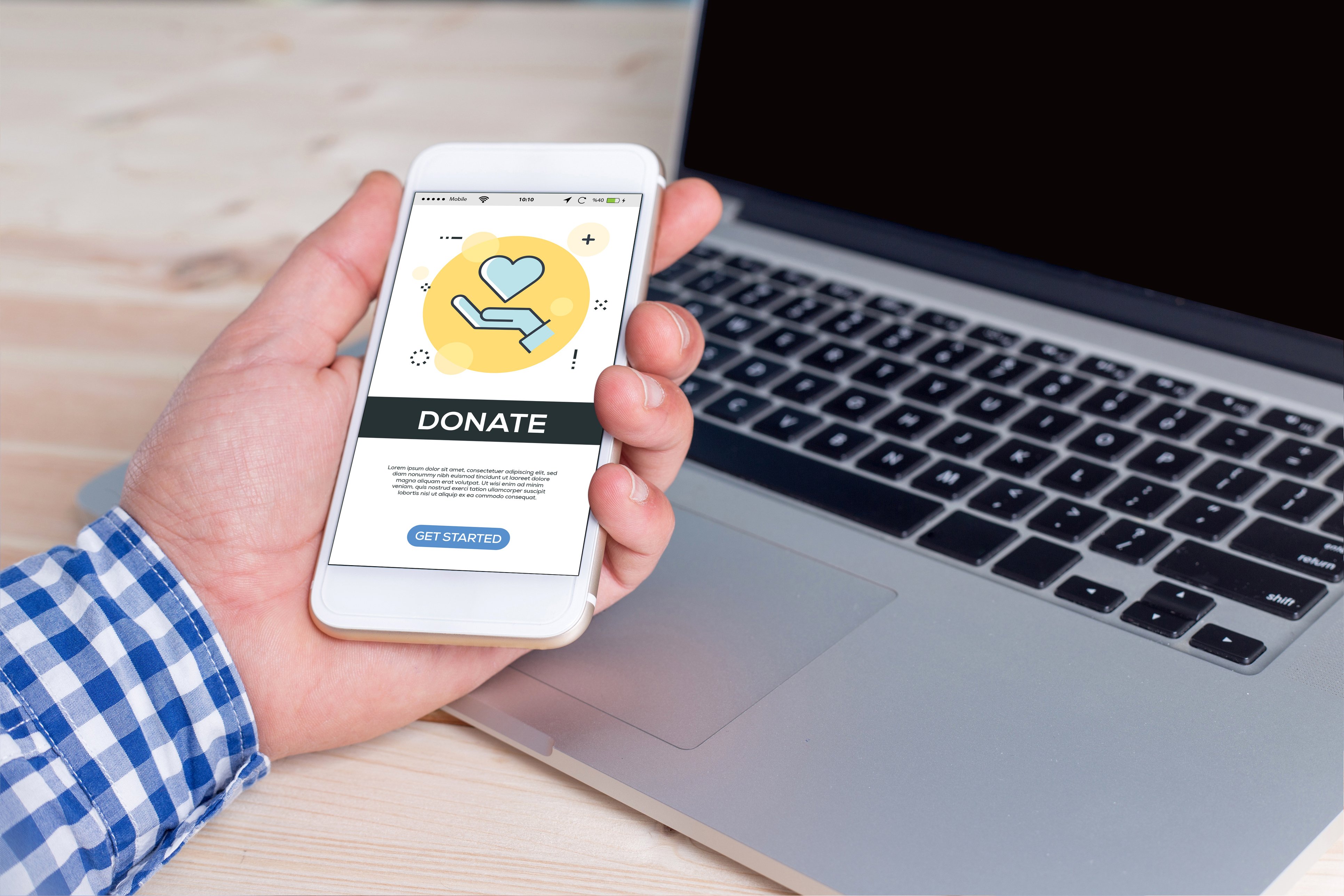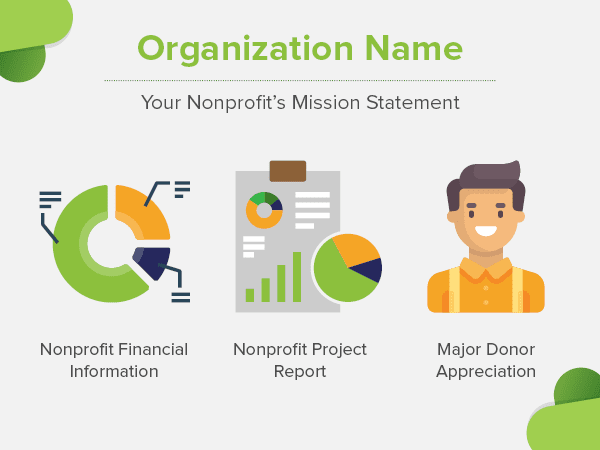

As a nonprofit professional, you know the value of developing genuine relationships with your organization’s supporters.
People can see through the efforts of a faulty or fake attempt to connect and communicate with them. Instead, it’s important to strategically build an approach that will help you authentically build these relationships.
Authentic relationships help nonprofits raise additional funds. This is because these connections help increase your donor retention rates, and, therefore, revenue. When donors give more over time, not only does your nonprofit secure that additional revenue, but you can also spend less on your acquisition of new supporters. Plus, when donors give more frequently over time, their donation amounts tend to increase.
Building relationships and focusing on donor retention is more important right now than ever before. Difficult economic circumstances make fundraising increasingly difficult for nonprofit professionals. Understanding that your supporters may not be able to give right now, but continuing your stewardship plan and interactions with them shows that you truly care.
In order to build strong and authentic relationships that last with your supporters, we recommend these strategies:
No matter the external conditions that your nonprofit experiences, you have an opportunity to really show your supporters how much you care and strengthen your connection with them.
The second donation a donor gives to a nonprofit organization is referred to as the golden donation. This is because new donor retention rates tend to be much lower than the retention rates for those who have given multiple times.
When you start with a strong foundation for donor relationships, you increase the chances of receiving that golden donation, thus increasing the chances that your donors will give more in the future. When you think about increasing donor retention through relationships, start by building relationships from the very beginning.

Calling your new donors is a great way to begin relationships on a positive note. Specifically, according to that study, donors who were called within 90 days of contributing were shown to:
When donors first give to your organization, be sure to build a strong foundation for the relationship by showing personal appreciation for their contributions.
You should also save the information you collect about these supporters to comprehensive profiles in your nonprofit donor database. This way, when you reach out in the future, be that in face-to-face meetings, over email, or over the phone, you’ll be able to personalize the conversation and address the individual interests and engagement history of supporters.
One of the primary aspects that can make or break a relationship (with anyone) is trust. If your donors don’t feel like they can trust your organization, they’ll stop giving. You can secure the level of trust that supporters feel with your organization by increasing your levels of transparency.
Transparency is a two-way street. Provide opportunities for supporters to be transparent with your organization about their opinions.
Encourage your supporters to fill out surveys and give honest feedback about your nonprofit’s operations. Then, take this feedback seriously. Responding and changing according to the suggestions that will make you stronger shows your supporters that you value their opinions. This helps your supporters feel like true partners to the organization.
In addition to encouraging transparency from your supporters, make sure you’re also being transparent with them. Many of the reasons that people stop giving to organizations can be prevented if organizations are more transparent with supporters.
According to this study, here are the reasons why people tend to stop giving to nonprofits:
As you can see, simply increasing communication with these lapsed donors before they stopped giving would’ve helped maintain their support for a longer period of time. Be sure to effectively communicate relevant information with your supporters.
For example, you should be sure to tell donors about your latest fundraising campaign successes (and failures). And tell them about the impact you’re making in the community. Increasing transparency about the impact you can make and how their monies are making a difference is a compelling reason for supporters to give again.
In order for your nonprofit to ensure the transparency that we discussed in the last section, you’ll need an effective communication strategy. If donors don’t engage with your messages, there will be a natural gap in your transparency and general communication of ideas.
Therefore, consider carefully the different communication platforms that are available to you and how your supporters will respond to each platform based on the information you know about the audience.
Make sure you use your communication strategy to provide donors with all of the information they need to continue interacting with your nonprofit. For example, tell them about upcoming campaigns, events, news updates, webinars, or other engagement opportunities.
Don’t use the same general message for each platform. Instead, customize it for the format that the platform specializes in. For instance, some of the platforms you might consider include emails, websites, video meetings, social media, and annual reports.
Email is also the ideal platform for long-form content. This is content that is sent specifically to your supporters. They don’t stumble upon it at random. Therefore, you’re more likely to hold their attention than if they had just come across your update at random.
Don’t email your supporters too frequently, or else they may stop reading the messages you send. However, email them often enough to stay in front of their minds. Generally, one email per week should be sufficient to keep in touch with supporters.
Lastly, make sure your emails provide valuable information. Don’t just email supporters for the sake of emailing them. Email newsletters, programming updates, event reminders, and donation requests are just some examples that you can alternate between to keep your content fresh.
When supporters want to learn more about your organization, the first place they’ll go to research is your nonprofit website. Make sure you provide all of the detailed information necessary for this research on your site.
You might make this research process easy for your supporters by compiling relevant information in specific locations. For example, you can create individual event pages that have all relevant information about the events (regular or virtual) that you host.
Video meetings have a unique ability for you to use both audio and facial expressions to communicate effectively. Plus, it allows for a true back-and-forth between those conversing.
Many people will find it easier to schedule a meeting from the comfort of their homes easier than meeting in person. Both are valuable options that provide a personalized experience and effective communication with your supporters. Therefore, offer both options to see which will better fit with your supporters’ schedule and preferences.
Social media provides a great opportunity for your nonprofit to build brand awareness and community among your supporters. Develop a specific social media strategy that takes into consideration your specific goals for the platforms and the audience that you want to reach.
Invite supporters to engage with your social media by creating a specific hashtag for your organization. Or, create enticing videos that will draw the attention of your audience. Use Instagram and Facebook stories to reach your younger audiences and give small, entertaining updates or fun facts about your mission.
Your nonprofit’s annual report is a once-per-year opportunity to really dive into the activities that your organization has accomplished and to highlight your fundraising successes.
This annual report guide explains how your annual report can be used to strengthen donor relationships by highlighting your key supporters. It should also be worded using you-attitude, which puts all of the accomplishments throughout the year in terms of your supporters and how they made it possible to achieve.

You probably know that you should send a “thank you” message to your supporters after they donate to your nonprofit. This shows immediate appreciation and confirms that their contribution was received.
Take this message to the next level by personalizing it with the supporter’s name and their contribution amount. Fundraising Letters offers free thank-you letter templates that can give great insight into what this personalization looks like.
While this appreciation message (usually over email) is a great start to appreciating your donors, it’s not the be-all, end-all solution.
You should go above and beyond to show your donors how much they mean to you in order to build the types of relationships you’re both looking for and retain those donors. You may consider strategies such as:
Get creative with your strategies to show appreciation to your supporters. Make sure that you provide them with insight into the impact they’ve made on your philanthropic mission as you thank donors.
You might say:
Thank you, Amy, for your contribution of $100 to the Save the Whales Campaign. Your generous donation has made it possible to feed our injured Orca, Sammy, for the next month. Sammy says thank you, and so do we!
This message is valuable and effective because it mentions the donor’s name, the amount they contributed, the impact that contribution had for the organization, and a specific party (Sammy) who benefitted from the donation.
Donors recognize when your organization is being authentic with them. Truly believing in the value that your supporters provide to your nonprofit is the only way to communicate just how appreciative you are for them. After all, you wouldn’t be able to achieve your mission without their incredible support.
Keep track of your donors and your relationships with them by using the right donor management software for your needs.
Steven is Chief Engagement Officer at Bloomerang. He is a contributor to "Fundraising Principles and Practice: Second Edition"; volunteers his time on the Project Work Group of the Fundraising Effectiveness Project; is an AFP Center for Fundraising Innovation committee member; and sits on the faculty of the Institute for Charitable Giving.
Where are people getting their news?
 by Deirdre O'Donoghue
by Deirdre O'Donoghue
Publishing your content to the Web is a great way to spread your tips and ideas, but it’s also...
 by Devin Pickell
by Devin Pickell
New businesses, especially in the online world, face significant struggles in getting noticed...
 by Amanda Levine
by Amanda Levine
Where are people getting their news?
 by Deirdre O'Donoghue
by Deirdre O'Donoghue
Publishing your content to the Web is a great way to spread your tips and ideas, but it’s also...
 by Devin Pickell
by Devin Pickell
Never miss a post.
Subscribe to keep your fingers on the tech pulse.



